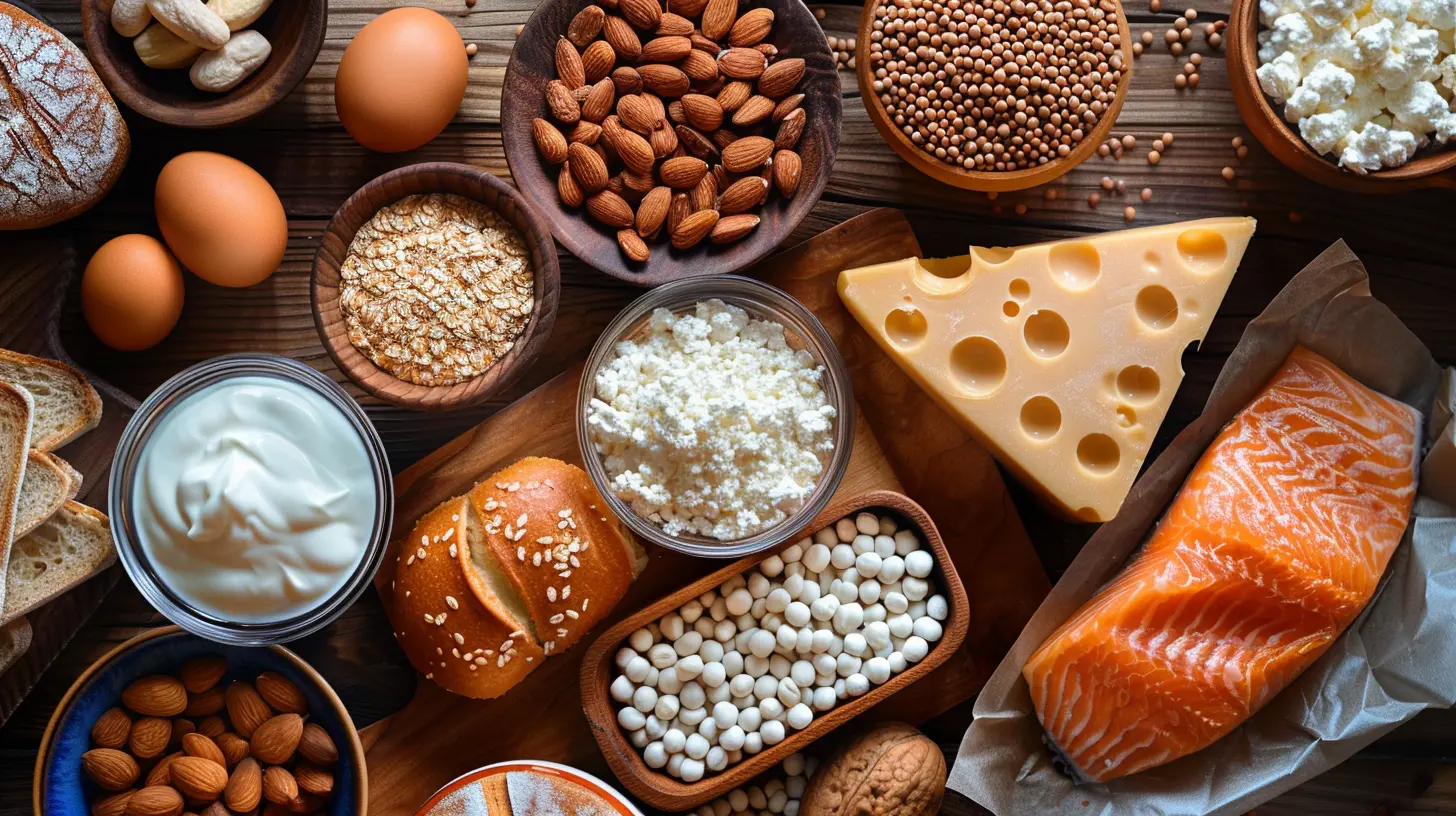6 January 2025
Does your little one get itchy, upset, or just plain out of sorts after a meal? If so, you might be wondering, "Could this be a food allergy?" Well, you're not alone. Food allergies in children are more common than you might think, and recognizing the signs early can make all the difference in keeping your child healthy and happy. But here's the thing—food allergies don’t always scream, "Hey, I’m here!" Sometimes, they whisper, leaving you scratching your head. So, let's dive in and break it all down.
What Is a Food Allergy, Anyway?
Before we start spotting signs, let’s understand the basics. A food allergy happens when your child’s immune system mistakes a harmless food protein for a dangerous invader. Think of it like a false alarm going off every time your kid eats a peanut, dairy product, or eggs. Instead of enjoying the meal, their body goes into overdrive, releasing chemicals like histamine, causing those tell-tale symptoms.It’s important to note that food allergies are NOT the same as food intolerances. While an intolerance might make your kid feel bloated or give them a tummy ache, it doesn’t involve the immune system like an allergy does. Food allergies can be a lot more serious and even life-threatening.
Why Are Food Allergies on the Rise?
Here’s something to chew on: food allergies, especially in kids, have skyrocketed over the last few decades. But why? Well, there’s no clear answer yet, but experts think it’s a mix of genetics and environmental factors. Some blame the "hygiene hypothesis," which suggests that our modern obsession with cleanliness might be backfiring. By eliminating so much bacteria from our lives, our immune systems, particularly in kids, don’t get enough "practice." And in some cases, they may overreact to things like food proteins.
Common Foods That Cause Allergies in Kids
Food allergies can be triggered by pretty much anything, but there are a few usual suspects known as the "Big 8." These eight foods cause about 90% of allergic reactions:- Milk
- Eggs
- Peanuts
- Tree nuts (like almonds, walnuts, and cashews)
- Fish
- Shellfish
- Soy
- Wheat
So, if your kiddo is reacting after meals, these foods should be the first to raise a red flag.
How Do Food Allergies Typically Show Up in Kids?
Alright, now to the meat of the article. (Or perhaps tofu, depending on what triggers your child’s allergies!) Food allergies can have a wide range of symptoms—some mild and some severe. The key is knowing what to look for.1. Skin Reactions
- Hives: Does your child’s skin suddenly break out into red, itchy welts? That’s hives, and it’s a classic sign of an allergic reaction.- Eczema Flare-Up: Kids with eczema may notice their skin getting worse after eating a particular food.
- Swelling: Keep an eye out for swelling, especially around the hands, feet, lips, and face.
2. Digestive Distress
- Tummy Trouble: If your child complains of stomach pain, nausea, vomiting, or diarrhea after a meal, it might not just be a bad batch of food.- Gas or Bloating: While not as common, gassiness in combination with other symptoms could signal an allergy.
3. Respiratory Issues
- Runny or Stuffy Nose: Allergies don’t always stay in the skin or gut. Sometimes, they show up as cold-like symptoms.- Wheezing or Coughing: Food allergies can cause asthma-like symptoms. If your child struggles to breathe or has a raspy voice after eating, don’t ignore it.
- Throat Tightness: Kids may describe this as food "sticking" in their throat or feeling like it’s hard to swallow. That’s a red flag.
4. Behavioral Changes
- Irritability: Ever heard someone say, “They’re not acting like themselves?” Allergies can sometimes make kids grumpy or unusually tired.- Hyperactivity or Lethargy: Both extremes are possible. Either they’re bouncing off the walls or glued to the couch.
5. Anaphylaxis (The Big Emergency)
- This is the scary one. Anaphylaxis is a severe, life-threatening allergic reaction that can cause:- Difficulty breathing
- Severe swelling
- A sudden drop in blood pressure (leading to fainting or dizziness)
If this happens, call 911 immediately and use an epinephrine injector (EpiPen) if you have one. Timing is everything in an emergency.
How to Tell If It’s an Allergy or Something Else
Okay, so you’ve spotted a symptom or two. But how can you tell if it’s a food allergy or just a fluke? Start by keeping a food diary. Write down everything your child eats and any reactions they have afterward. Patterns speak louder than anything else—if your child always gets red cheeks after eating strawberries, that’s a clue!Additionally, allergy testing can help confirm suspicions. Pediatric allergists can do a skin prick test or a blood test to identify specific allergens.









Vex Bowman
Empower your child by recognizing food allergies early—knowledge is key!
January 30, 2025 at 6:00 PM